House Diary: Imbolc 2024
Well, it’s official! Punxsutawney Phil has not seen his shadow, and we’re due for an early spring! But don’t break out the beachwear just yet, this prognosticating groundhog has a 39% success rate on predictions, almost as bad as my own.
Yes, it’s Groundhog Day, AKA Candlemas, St Brigid’s Day, Oimelc and Imbolc. There’s a long history of fire and purification associated with the time period, whether that be the Catholic blessing of candles to commemorate the purification of the Virgin Mary at Candlemas, forty days after the “defilement” of birth; or the pagan festival of Imbolc, which means “washing.” The Roman Lupercalia, a purification festival promoting health and fertility, occurred just two weeks later, with priests using the ritual februa tools (from which February derives its name) to cleanse the city. Lupercalia also has ties to the she-wolf (lupus) who suckled the mythic brothers Romulus and Remus that were Rome’s founders, and that connects to Oimelc, an alternative pagan term for the holiday, which means “ewe’s milk,” another allusion to life’s rebirth in the next generation, with the coming spring.
Yet sadly, we’re only halfway through winter, whatever Phil says. But there are presentiments and stirrings of spring in the garden already, with my earliest daffodils up and budding, and hellebores sending fresh shoots skyward.


Which is quite remarkable, considering that we’ve been experiencing a semblance of true winter this season in Pennsylvania. After two years of brown, we’ve had some white again, with about a foot of snow falling in January all told, and a pristine blanket covering the garden during the worst of some very below average temps, protecting sensitive roots and bulbs.
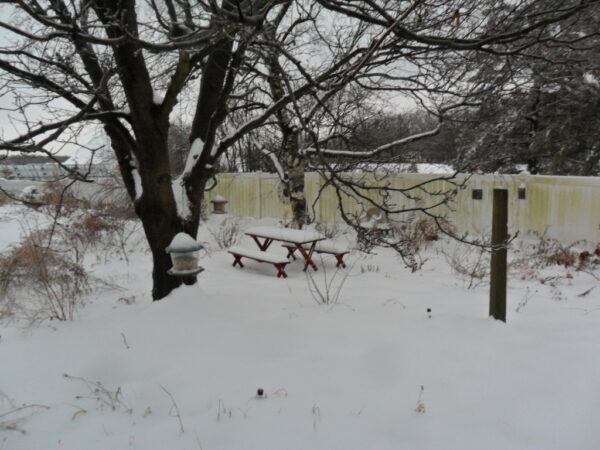
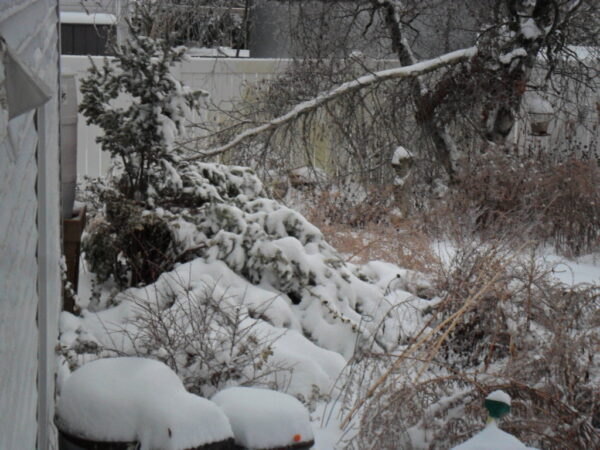
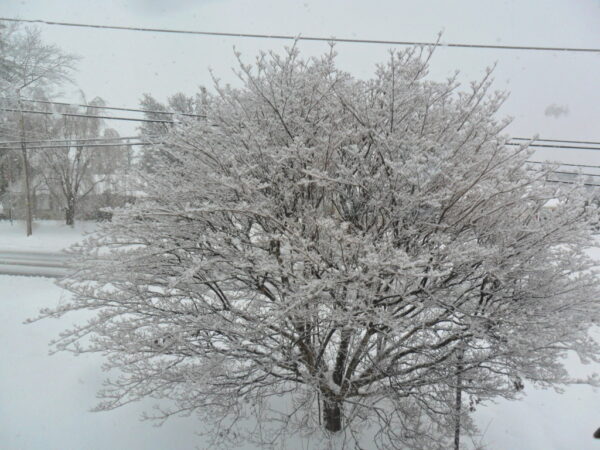
On the home décor front, the most Christmasy of the Christmas decorations have been removed, things like red Santas, poinsettias and holly, but the more wintry elements of snowflakes, icicles and snowmen have remained, along with the “White Yule” collection – trees, animals and Santas (now styled “Winter Wizards”) in frosty tones from white through silver.
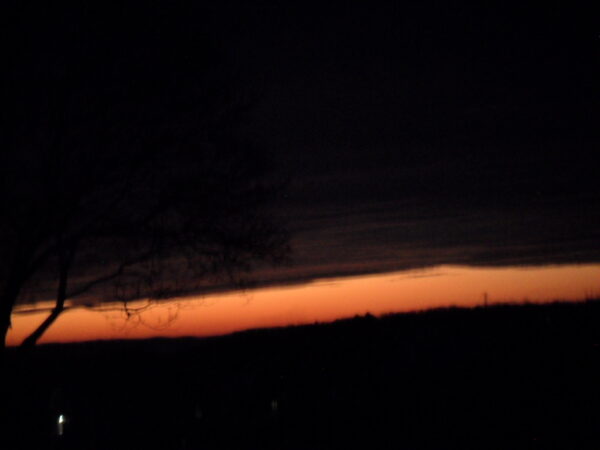
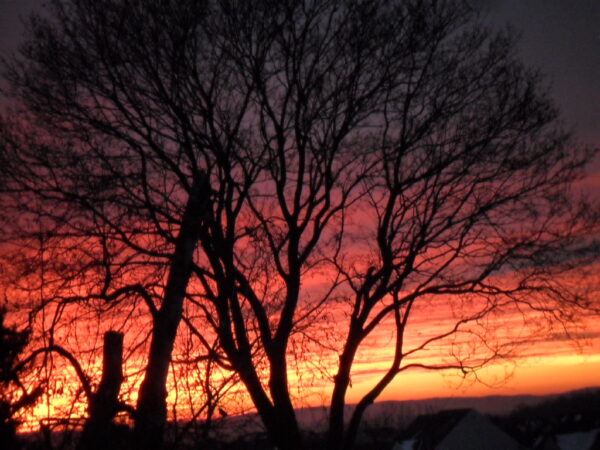
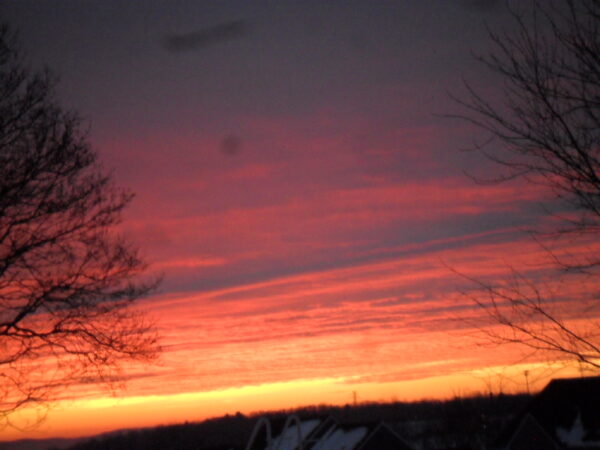
For the past few years, exhausted by my extensive autumn and winter decorating, and brought low by mobility and heart rhythm issues, these yuletide remnants have been the sum total of my late winter trimmings. But now, after successful heart ablations and a brand spankin’ new knee, it’s been a joy to retrieve the Valentines Day tchotchkes from their basement storage. These haven’t seen the light of day since 2021, and our reunion is long overdue.

Still not feeling quite 100%, I didn’t redistribute the remaining winter things and interpolate the Valentine items among them, as usual, but for the most part, simply filled the recently vacated spaces with the new arrivals. It’s a bit disjointed, but a damn sight better than it’s been.
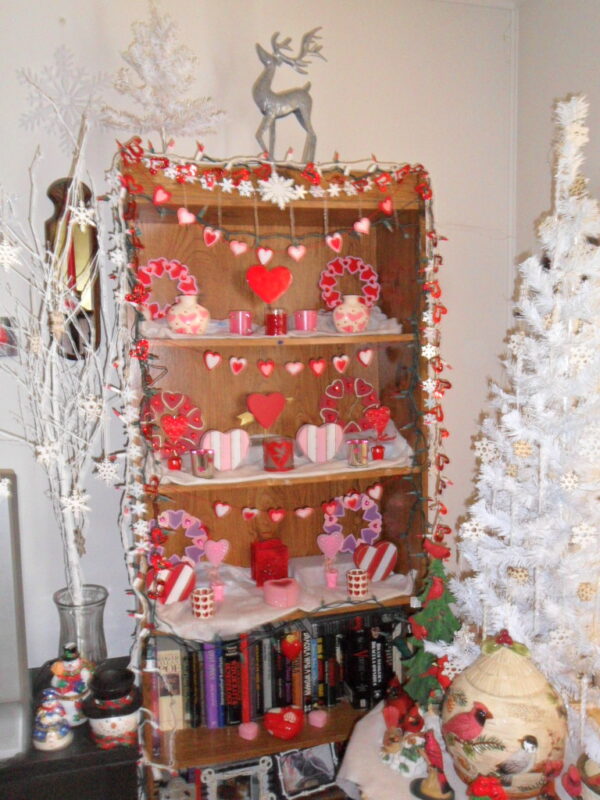
Of course the overriding theme for Valentines Day is hearts, and I’ve got plenty of them! (Cupids work, too, but are much harder to find; I have only a smattering.) With my dear girl Ashes gone, I’ve been able to actually trim trees again (though that’s hardly a fair trade!), and rather than taking down the kitchen tree when its Santas were packed away, I left it there, to be adorned with heart ornaments collected over decades, which have never had a proper showing.
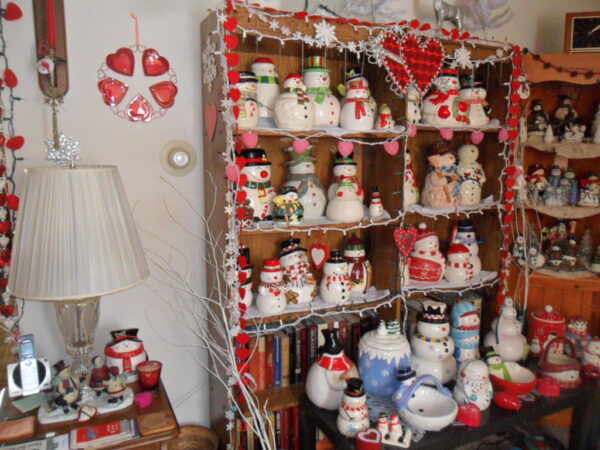
Heart garlands and lights line bookcases, doors and archways, while heart wreaths and hangings cover kitchen cabinets and walls. Heart clings and magnets splatter the refrigerator, and heart-shaped or -themed candles, candy dishes and bibelots cluster on shelves and tables.
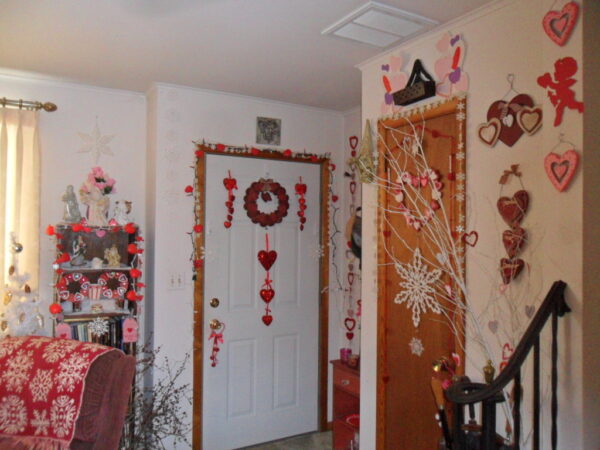
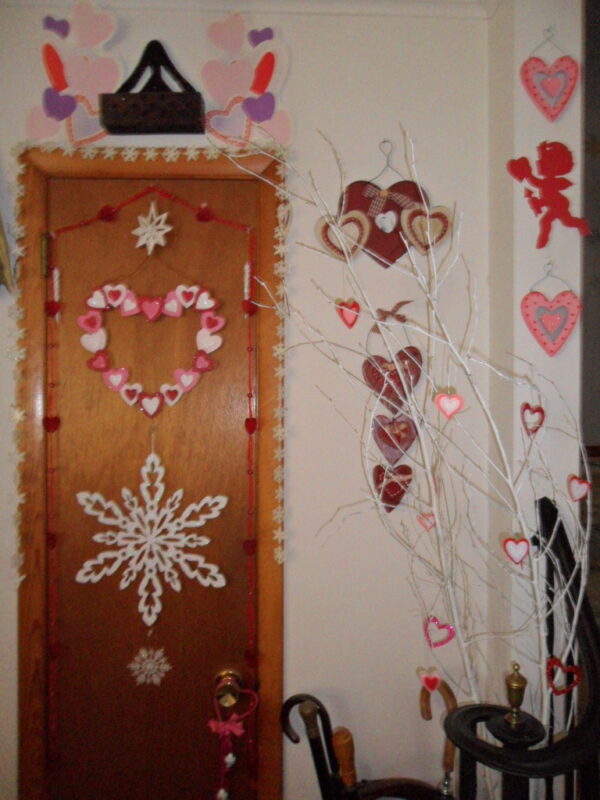
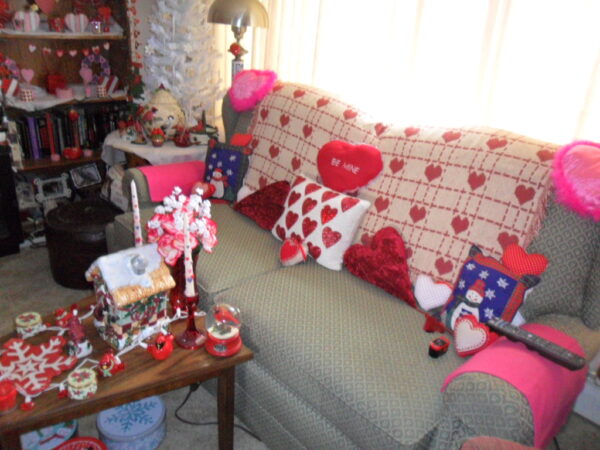
Cardinals made the mid-winter cut as well, and additional members of this collection now fill the dining room hutch, while more Valentine-related dinnerware resides on the overflow hutch in the guest room. All in all, it’s a lovely extension of my yuletide “red and white” color scheme, with additional hues of pink and purple thrown into the mix.

Time was, Imbolc would be celebrated with my justly renowned “Pink Dinner,” a colorful feast featuring a first course of shrimp, roasted beets, red onion and blood oranges on a bed of radicchio and red-leaf lettuce, with a raspberry vinaigrette dressing; entrée of scallops in a blush Alfredo sauce over tomato fettuccine; and a heart-shaped red velvet cake with pink cream cheese icing for dessert.
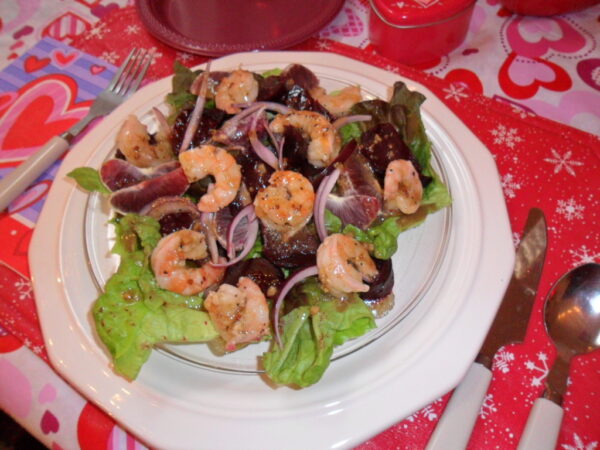
These days, I’m less ambitious, and the calories less forgiving, so for my solitary Imbolc Feast I’ll content myself with an appetizer of cheddar studded with cranberries on crackers, a hearty mushroom pasta with parmesan cream sauce, and perhaps a Russell Stover strawberry cream heart for dessert. Lo, how the mighty have fallen!



But for the birds, it’s a different story – their feasting goes on much as it has here on the property for decades. Actually, the local avian population got a major upgrade when I moved in four years ago. My parents, avid birders, had always employed feeders to help their feathered friends through the lean months, but my father hung only one feeder and one suet cage, in the Norway maple nearest the house, for easiest viewing.
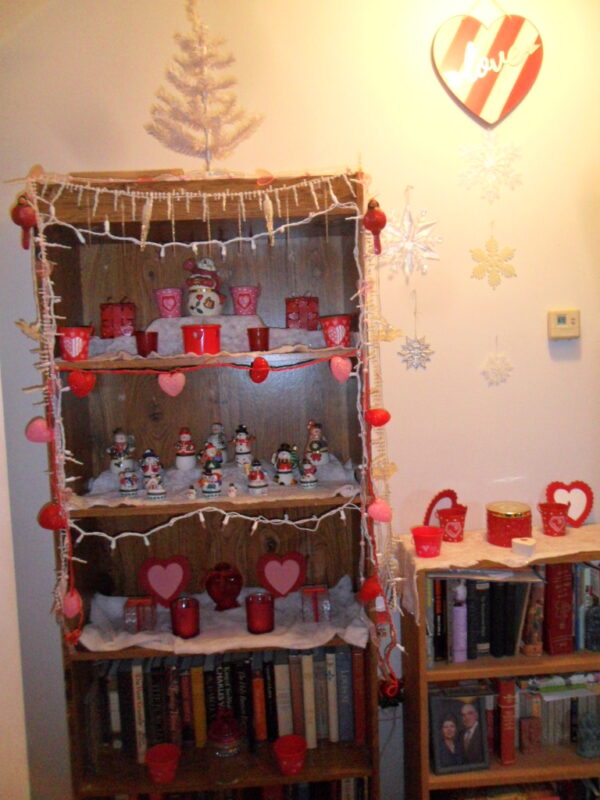
Never one to do things by halves, I amped up that tally to four feeders and three suet cages, distributed throughout the garden so birds had a choice of dining places, and didn’t need to squabble over seating at the only bistro in town. And believe me – they (and the squirrels – damn their hides!) take full advantage of the possibilities.

I enjoy watching their antics as they vie for the choicest seed (black oil sunflower is a favorite), and am always pleased to see them utilize the plethora of natural food sources the garden provides as well, whether that be dried pokeberry and chokeberry fruits, leftover maple fliers, or seeds from a wide variety of native plants. Snow cover brings additional opportunities for parched songbird throats in subfreezing temps; when natural water sources are ice-covered, the local juncos and sparrows will peck at fresh snow for a healthful substitute.
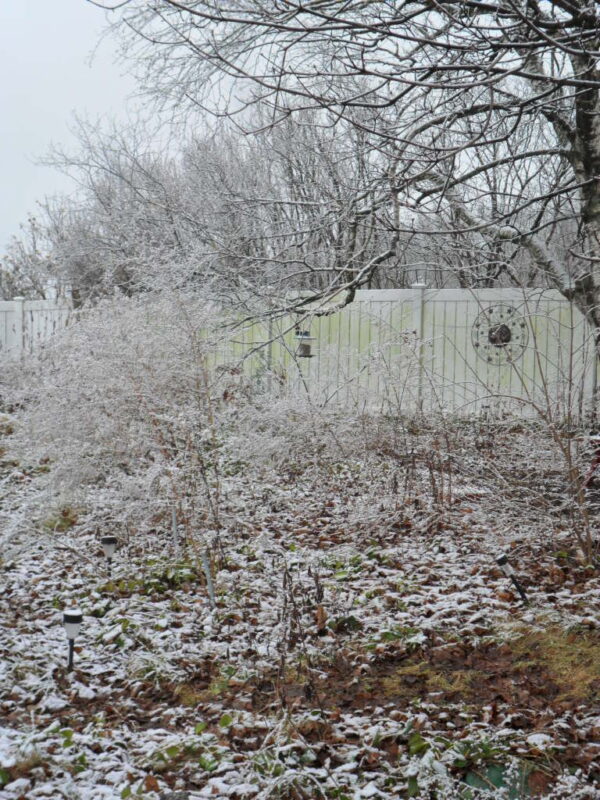
Birds have their symbolic uses as well, and there’s a huge body of lore culled from indigenous and pagan sources about what particular birds portend. Cardinals, for example, mate for life, and seeing one, or hearing its lilting trill, is a sign of love and devotion. Raucous blue jays, on the other hand, presage conflict, and I’m never really happy to spy one, despite their festive bright blue garb.

Woodpeckers in general represent industriousness and perseverance, but each species in that class has its own symbolic flavor. Here I see mostly the diminutive Downy woodpecker, just 6” long, a sign of new opportunities and creativity; and the occasional Flicker, harbinger of guidance and healing.
The tufted titmouse is one of my favorites, with its showy crown, gray-brown feathering and delicately blushed belly. Titmice offer good luck, and the black-capped chickadee brings happiness and contentment. These are often human-friendly (or at least, human-curious), and are among the last to flee when the kitchen door is opened. There is a family legend, possibly apocryphal, that my grandmother used to feed them from her hand. I have to admit, I’ve never managed to get that close, but chickadees will linger in the general vicinity as I go out to replenish the feeders, perhaps intent on getting first crack at the fresh goods.
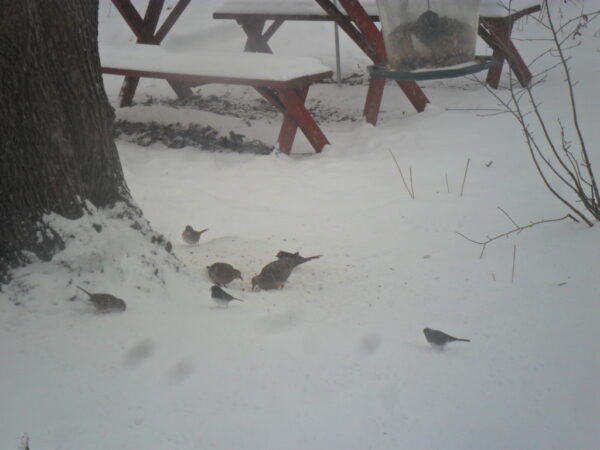
Quite possibly my favorite bird to watch is the clownish nuthatch, with its funny habit of walking backwards up tree trunks, in staccato jumps. Not surprisingly, then, the nuthatch symbolizes a fresh perspective, and the need for change. They are also an exceptionally attractive bird, to my mind, with white and black patches and striping overlaying a general blue-gray coloring.
These are “novelty” birds, ones that appear somewhat infrequently in the garden, or don’t overstay their welcome, making lightning raids on the feeders and just as quickly departing. Mostly I am surrounded by the typical sparrows, juncos, doves and house finches. Sparrows come in lots of types, and I’m afraid I really can’t tell one from the other reliably, but since they collectively represent joy, inclusion, protection and friendliness, I don’t suppose it much matters if I know which is which.
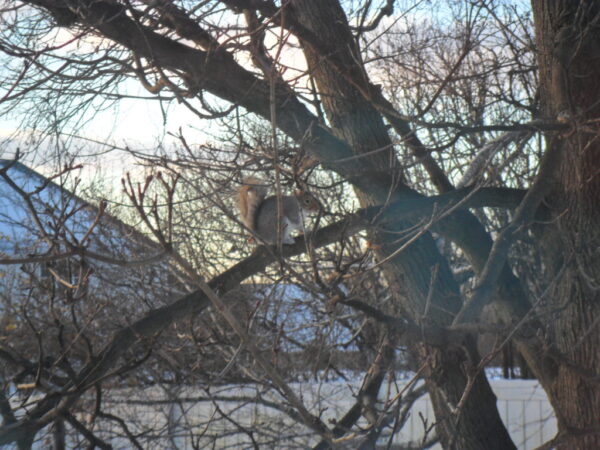
Juncos offer hope and spiritual comfort, as well as the ability to see the truth and not judge others. House finches have taken a hit to their population locally, due to disease, and are not as prevalent as they once were. But seeing one, with its bright purple-red breast, signals vitality, passion and embracing the present moment.
All these are happy to contest at the feeders, but another local staple, the mourning dove, prefers to wait for the fallout from such exchanges. Doves, in their gray, gold-blushed habits and emitting their doleful cries, are principally ground feeders, and finding one roosting at the seed hopper is a rarity. They cluster below, and bat cleanup for their more aggressive brethren, snatching whatever provender is knocked from the trays as the other birds dispute. If there’s snow cover when I replenish, I’m always careful to throw additional seed on its surface, for the doves, which symbolize divine connection, renewal, and the interconnectedness of all living things.
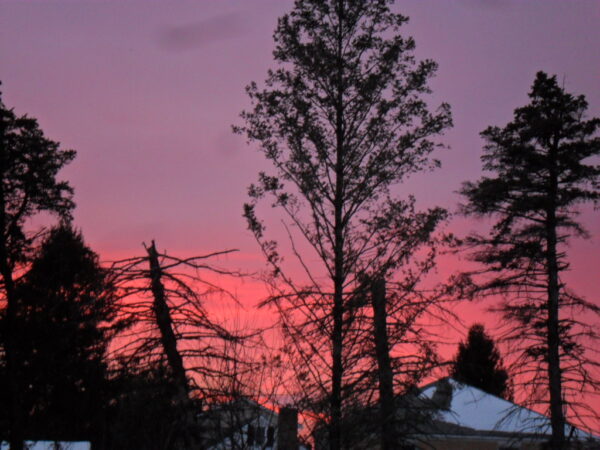
Imbolc is a time of hidden, or latent, potential – the seed lying dormant in the soil, awaiting the warming sun’s rays and rains of March and April to burst forth in new life; the tawny does heavy with fawns they’ll shortly birth; bulbs just starting to pierce the ground with nosy green fingers. It’s a time to reflect on what has gone before, plan for what’s to come, and enjoy a pause in life’s hectic pace.
Blessed Imbolc, one and all!
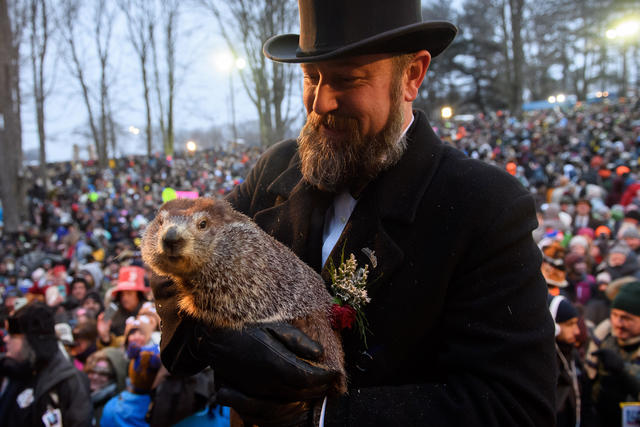

4 comments, add yours.
Silvija
Love your hearts and snowman cookie jar collection. I love watching the birds too!
Laurien
Loved seeing your garden in winter. The snow is always beautiful if inconvenient. Love your cardinal collection and that you featured the birds who come to your feeders. We feed the birds too on the other side of the continent and see some of the same ones you do including the Downy Woodpecker, juncos, and chickadees. But our northern flickers look a little less colourful than yours and we always get a mob of BC’s bird, the cheeky (and very noisy) Stellar’s Jay. Thanks for sharing, Alex, and Blessed Imbolc!
susan
always love seeing your seasonal decorations and your garden. thank you so much for sharing.
Charlotte
Thank you Alex, for once again sharing your magical house and garden with us!
I’m hoping too, that your recovery from the health issues is speedy and complete. Some of your decorations are quite high on your walls, DO be extra careful when you climb up to attach them!